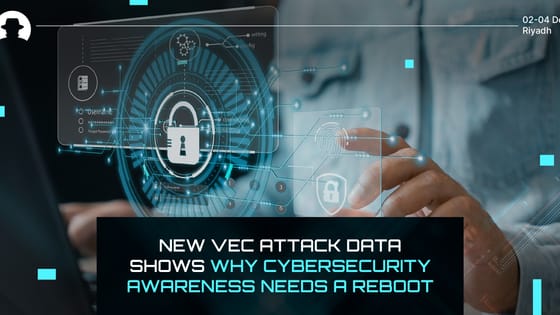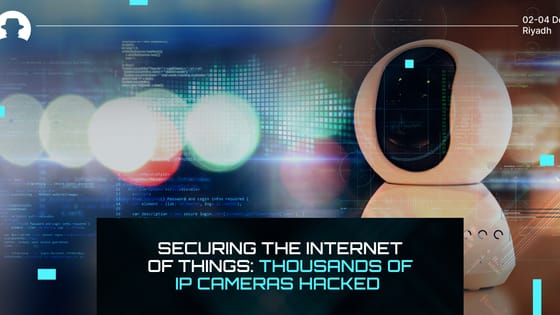
New VEC attack data shows why cybersecurity awareness needs a reboot
New research on vendor email compromise attacks shows that nearly half of employees fall for malicious emails, and 98.5% go unreported.
Read More
According to data from Check Point Research, Q2 2024 saw a 30% surge in cyber attacks worldwide. And it’s reflected in the headlines: UK telecoms company BT has identified 2000 attacks on its network per second; semiconductor manufacturer Microchip Technology suffered a ransomware attack that put customer data at risk; Chinese tech conglomerate Tencent was attacked by a hacker, exposing 1.4 billion user accounts. The list goes on.
The reality is that this isn’t a moment in time in which attack numbers are higher than usual – it’s part of an upward trajectory that’s picking up pace, due to a number of reasons.
Those reasons include:
Interestingly, Check Point Research also found that the increase in attacks globally is linked to a rise in hacker interest in Education and Research – the sector which saw the largest increase in cyber attacks in Q2 2024, compared to all other industries.
The short answer is yes. The rise in attacks does mean that critical infrastructure is facing genuine threats.
Recently, we’ve seen:
Cyber attacks on critical national infrastructure in countries around the world are expected to increase. And with data centre attacks on the rise, governments including the UK have reclassified data centres as critical infrastructure in their own right – in order to provide them with an additional layer of security protection.
Importantly, the interconnectedness of critical infrastructure systems in many countries means that cyber attacks could cause kinetic effects that might devastate a nation.
The concern is that cybersecurity systems protecting critical infrastructure aren’t levelling up fast enough to keep pace with the rise in attacks.
Countries are racing to develop national plans to identify and manage risks; but the prospect of an attack that could wipe out critical infrastructure function for a significant period of time is becoming more likely.
The success of national initiatives to protect critical infrastructure relies heavily on each country’s engagement in cross-border collaboration. Threat information and cybersecurity research must be shared – and cybersecurity leaders and practitioners from countries around the world need to collaborate in order to understand, identify, and prevent attacks.
At Black Hat MEA 2024, we’re zooming in on the realities of critical infrastructure attacks in a rapidly growing threat landscape. Learn from the researchers who are creating frameworks for international collaboration and working to head off major attacks before they cause disruption.
Join the newsletter to receive the latest updates in your inbox.

New research on vendor email compromise attacks shows that nearly half of employees fall for malicious emails, and 98.5% go unreported.
Read More
With new data from Arkose Labs, learn why psychology, business strategy and timing are just as important as technology for cyber defence.
Read More
The latest in a long line of attacks against IoT devices that highlights the vulnerability of the Internet of Things.
Read More